Full drive – the geographical factor in historical retrospective
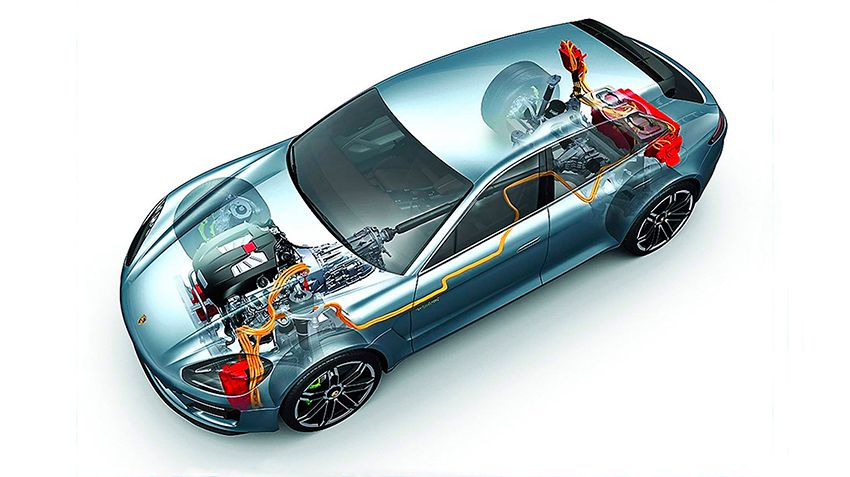
8 September 2018
Why sales of AWD cars are more in Scandinavia and in perialistic countries?
According to ACEA's penetration in Western Europe (15 EU countries plus the three countries EFTA – European free trade Association, i.e. Switzerland, Norway and Iceland) passenger cars 4x4 from 1990 about 2017, i.e., more than a quarter-century period, clearly visible geographical economic and component the popularity of this type of transmission in different Western European countries.
First, under the ACEA 4x4 cars means cars with an integral transmission, including crossovers and traditional SUVs and LCVs passenger up to 9 seats, including special and specialized.
As it was in 1990
So, in 1990, drivetrain 4x4, occupying 2.6% of new car market (tE. with all-wheel drive were sold to each of the 25 Western European passenger car, but this "the average temperature in bolnitsa"), already out of the category of the exotic, but has not yet become commonplace, especially in poorer countries of southern Europe and the boom of crossovers in Europe was still far ahead, although the role of all-wheel drive to enhance the safety while driving on slippery (snow-covered and icy, mountain etc.) roads European drivers have already appreciated to the fullest.
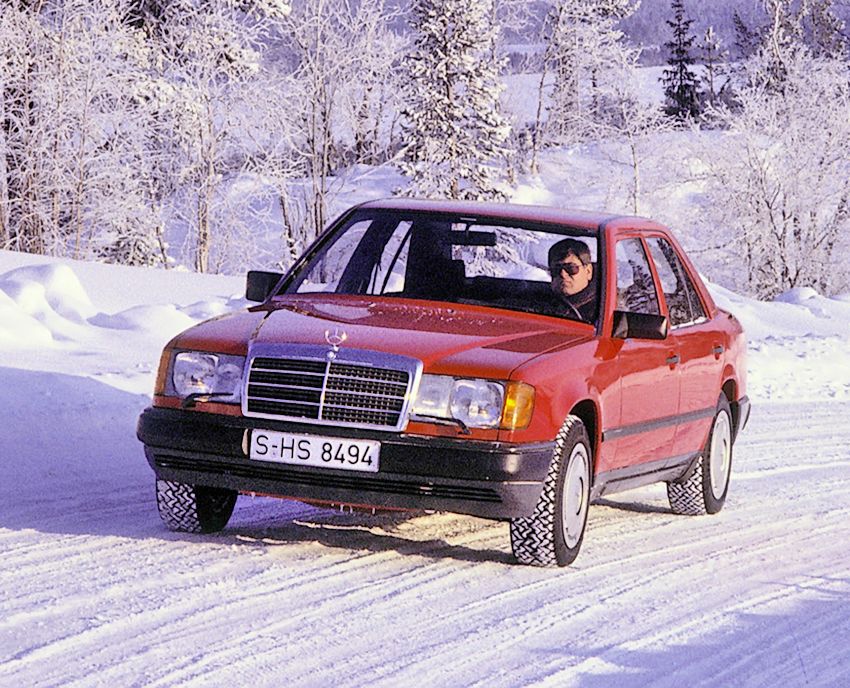
One of the first German four-wheel-drive passenger models is Mercedes-Benz 4matic in the W124 body, which I liked, for example, the Swiss and the Austrians
of Course, that snow-covered mountain roads in Western Europe are found mainly in two geographical areas: in the area of the Alpine massif and in Scandinavia, and here in the Apennines, the Balkans and the Pyrenees, with snow and ice problems much less, although the powerful snow are there. Hence the highest share in 1990, among all the 18 countries of Western Europe occupied by... of course, practical Switzerland (data for Iceland, however, appeared only since 1994), whose territory largely lies in the Alps, and the Alpine ski resorts give a considerable share of national income. So, for your own safety and to ensure uninterrupted and safe delivery of tourists then the Swiss and actively and sell cars 4x4 and they accounted for 14.7% of the local market, which is more than the European average, the proportion of a full drive even 27 years later! On the second place with 7.1 percent share of 4x4s, of course, was Austria. This is not surprising because average income per capita in both Alpine countries, it is allowed to purchase a relatively more expensive then polnoprivodnyj. And, here, the lover of fast cars and the winner of the most high-speed public roads (highways) in the world – Germany (FRG), the share of the auto 4x4 was only 3.2%, i.e. four-wheel drive was only about one of every 31-I sold then undergoing a unification process of Germany passenger car. On an SUV besides Bundesrepublik relied more and additional tax, which frankly, has limited demand for power and social institutions as well as firms operating in the respective geographical conditions (part of the Alps belongs and the plains of Germany).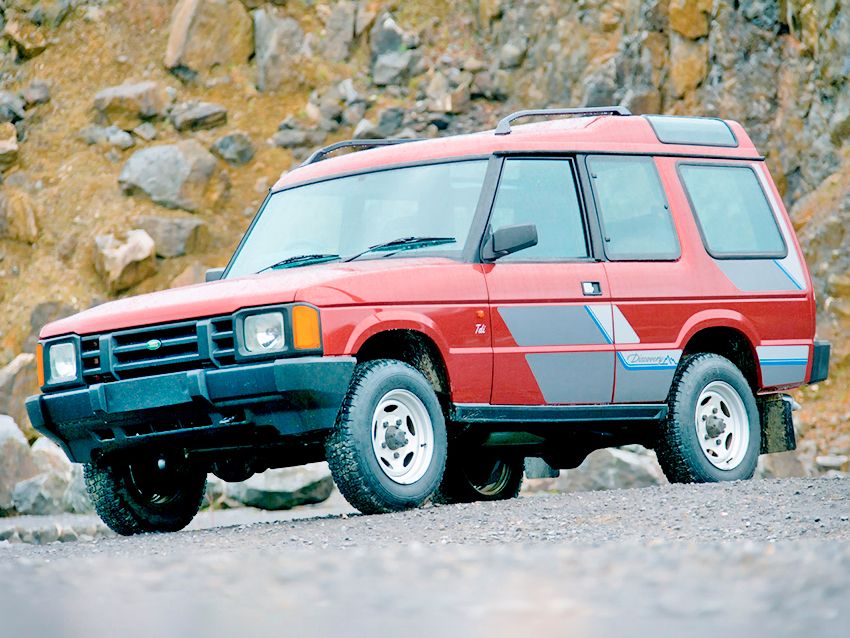
Releasing in 1989, mid-size SUV Discovery, the British firm Land Rover has been able to break into a new class of four-wheel drive cars, which became very popular in subsequent decades
Even in the UK, the proportion 4x4 was slightly higher – 3.3 percent. However, the Land Rover brand British, and then as time went on more mass model Land Rover Discovery, preceding the European boom in SUV-s. Characteristically, however, that in a country with even more income and even more bad seasonal road conditions than in Switzerland, soE. in Norway, the share of 4x4 vehicles were negligible – only 0.6%! Well, not tasted then even the descendants of the Vikings and the charms of all-wheel drive! Against the backdrop of huge import duties on new cars in Norway, any basic margin on the car increased the final price substantially.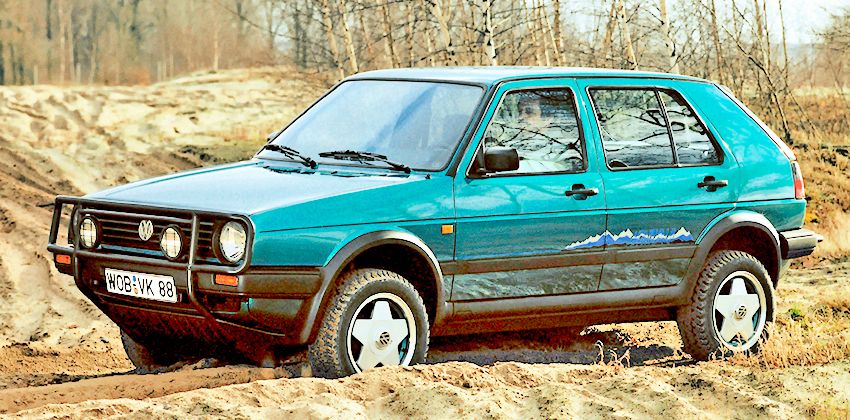
Crossover of Volkswagen Golf Country on the basis of a mass model of the Golf II could be a whole trend in the fate of European SUVs, but... was left without an heir
But the further course of events showed that Norwegians have fully appreciated all the advantages of all-wheel drive their cars. By the way, in Sweden the share of 4x4 was low 1.9 percent, but in poorer, although very snowy Finland and 4.8% (3rd result in Europe and 8 times higher than in richer Norway!). Obviously affected the popularity of the local pilots, great speakers at the various rallies.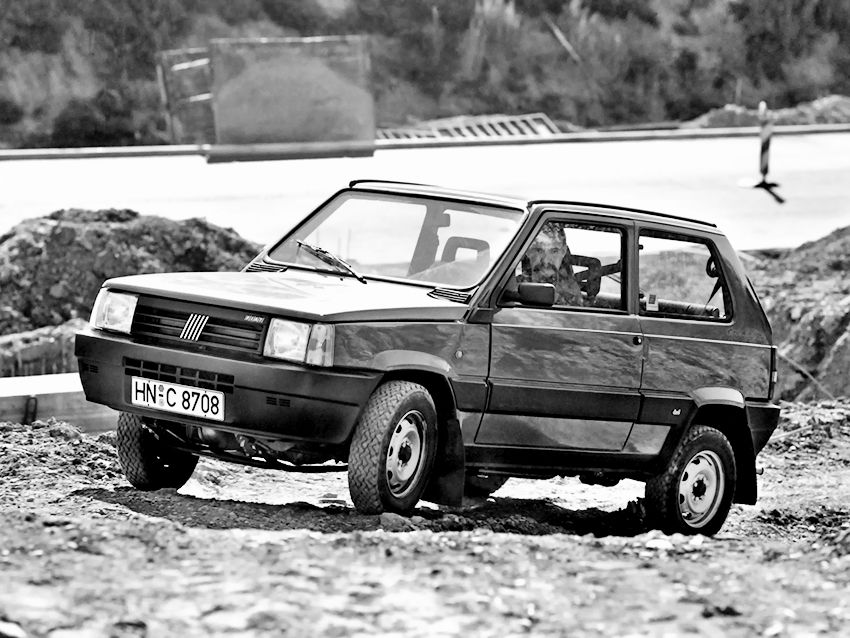
All-wheel-drive FIAT Panda 4x4 has become a kind of "Field-mini" for poor southern Europe
At the opposite pole of "rejection" all-wheel drive in 1990 were: plain weak and stingy Ireland with a share of 0.1%, low-lying and mountainous Denmark Portugal with shares of only 0.4%, and mountain Spain with 0.8%. Interest proud Spanish drivers to the full drive was missing almost at all, maybe just to be safe they were considered beneath the dignity "of the state", and well-being was lower. By the way, a mountain of Greece data on sales of 4x4 vehicles was not until 1997. In France the proportion of cars 4x4 amounted to 1.1%, due to the still historically (since the XIX century) a highly developed network of quality roads for which four-wheel drive seemed shaped member. Not so in Italy, where the share of 4x4 vehicles was almost at the level of Germany – 3,1%. Then in the local market of four wheel drive vehicles has been a bestseller FIAT Panda 4x4, it is coping with the traffic in the highlands, and for more serious needs imported another Soviet LADA Niva (VAZ-2121) and Tundra UAZ (UAZ-3151).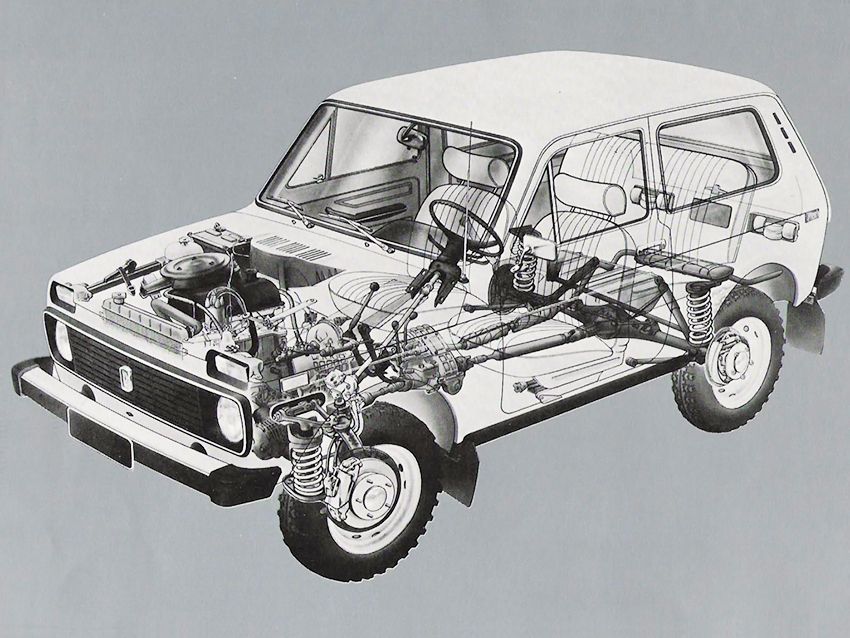
Soviet Niva VAZ-2121 was called in the West a sensation in the late 1970s and the early 1990s continued to be in Western Europe, a small but steady demand
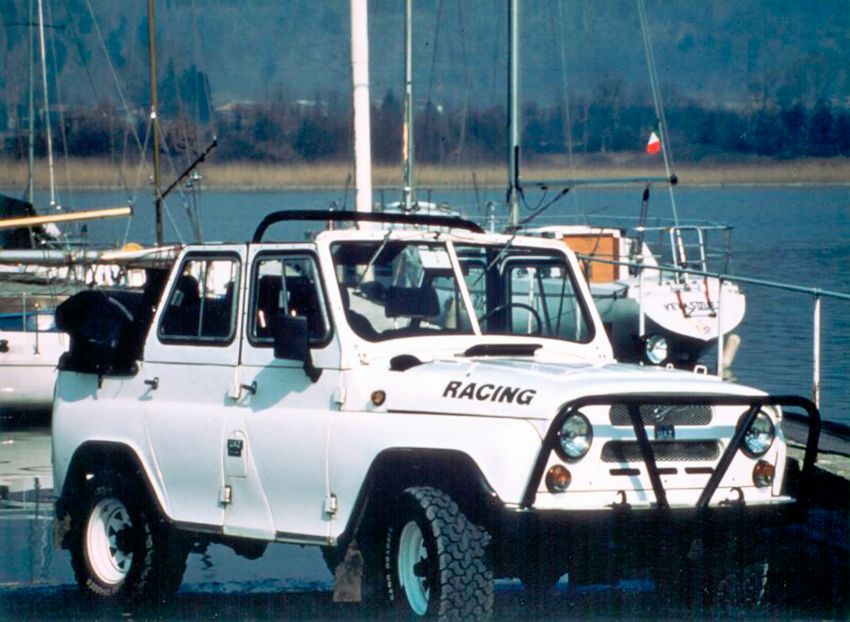
For the Europeans was available and Soviet army SUV UAZ-3151 in tuning Italian dealer Martorelli
whateverlo INTERMEDkeBetween 1990 and 2017, increasing share of 4x4 machines on the market went up, however, sometimes a little retreating in times of crisis, when priority was lower the price of the car. In Spain in connection with changes in tax legislation-wheel-drive cars for several years (until 1997) virtually gone from the market (the share fluctuated in the region of 0.1–0.2%), and then began slowly to rise, and by 2017 increased 42 times (!) compared to 1997. Interesting situation in Greece. In this country up to a certain point with four-wheel drive cars were only interested in the military, police and fire, but in the period from 1998 to 2009 the share of cars 4x4 rastal steadily from 4.6% to 12.6%, and then changed tax legislation and the proportion poluprovodnikov in Greece was also steadily dropping to 2.2% in 2013, and then began to grow, but at a slow pace – up to 4% in 2017, i.e. to be below the level of 20 years ago! In Germany the share of 4x4s rose gradually up to 2017, taking almost 1/5 of the market (19,8%) growth – by 1990-th. In Switzerland, the share of the segment in a 4x4 and left a record, but now it is already 45,4% of the national market, ie, almost every second car sold here with four-wheel drive. Interestingly, in Iceland the maximum share of AWD cars happened in 2009 and was then 49,4% – an absolute record among all countries during the period under review! Since then, however, such machines have lost in Iceland, the popular (especially in 2012, when their share sank immediately doubled from 31.1 to 15.9%), but then rose from 12.5% in 2014 to "German" of 19.5% in 2017. But Norway is fond of in recent years, not only electric vehicles but also four-wheel drive. Thus, the share of 4x4 segment here reached in 2017 34,2% (not without the help of overseas brand Tesla). Quite high was the percentage of cars 4x4 and the tiny but extremely rich Monaco – and at 28.3%. In Austria, the proportion of cars is slightly less than a quarter – 23.4 per cent. In Finland, it reached 20.3%. This so to say the current Champions of Western Europe, and its antiresonance remained the same as in 90-m: Denmark with 3.3% and Portugal with 3.4%, Greece with 4%, i.e. those where high taxes and(or) relatively low standard of living of the population.
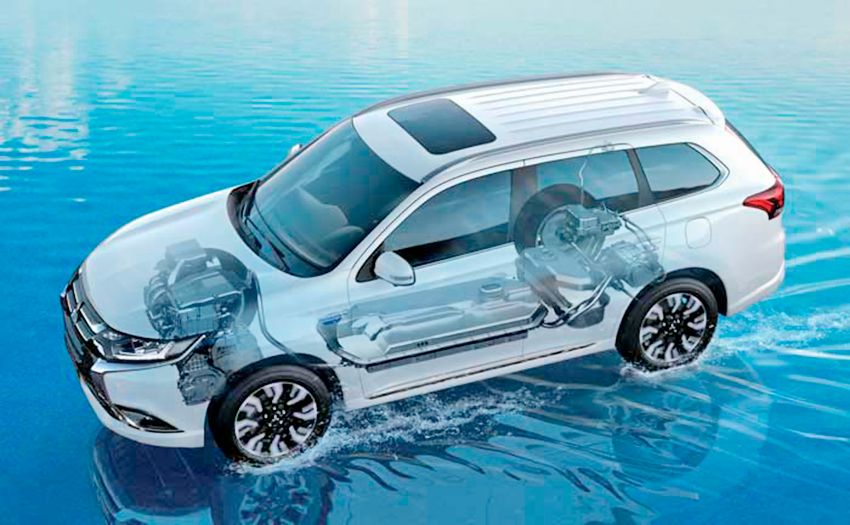
One of the most popular in Western Europe, the AWD plug-in hybrid crossover – Mitsubishi Outlander PHEV
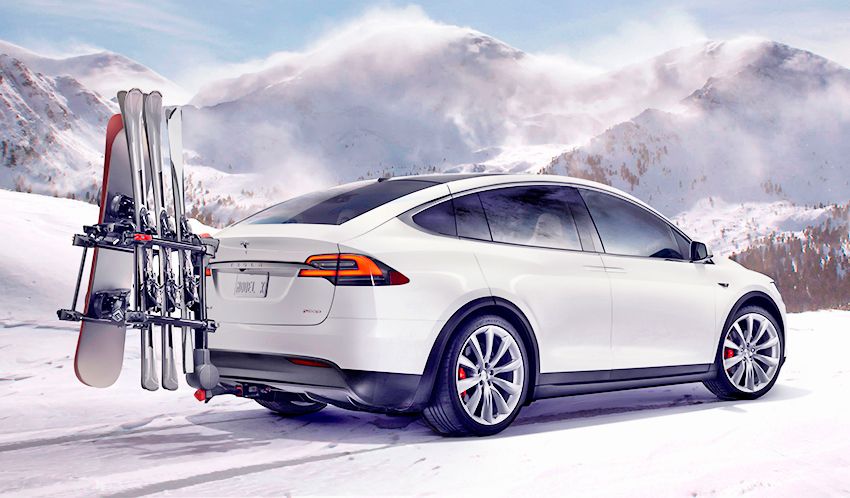
Electrocreaser Tesla Model X first came to the world market and a good feeling even in snowy Scandinavia
In 2017, Europe won all-wheel drive hybrids
In 2017 the share of the segment 4x4 (which now also includes electric cars and hybrids with additional traction motors on the rear axle) in 18 countries of Western Europe amounted to 14.8%, which is 5.7 times more than in 1990. a decline in interest in the four-wheel drive in several countries in recent years due to the crisis of diesel engines, known as "Deselect", because the vast majority of frame SUVs and a significant portion of unibody crossovers, and passenger cars starting with mid-size and business-class (D and E) were diesel, and now I lost the demand, and their diesel versions jostle rechargeable hybrids PHEV.
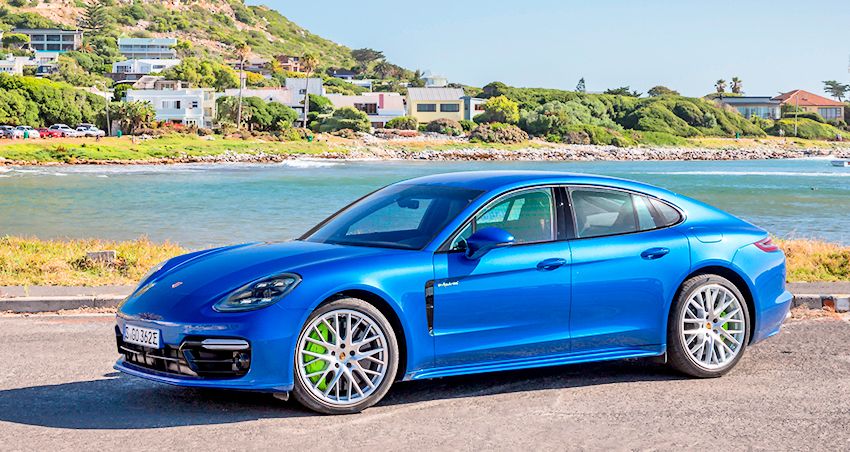
Despite the high cost of four-wheel drive hybrid 4 Porsche Panamera E-Hybrid is in rather high demand
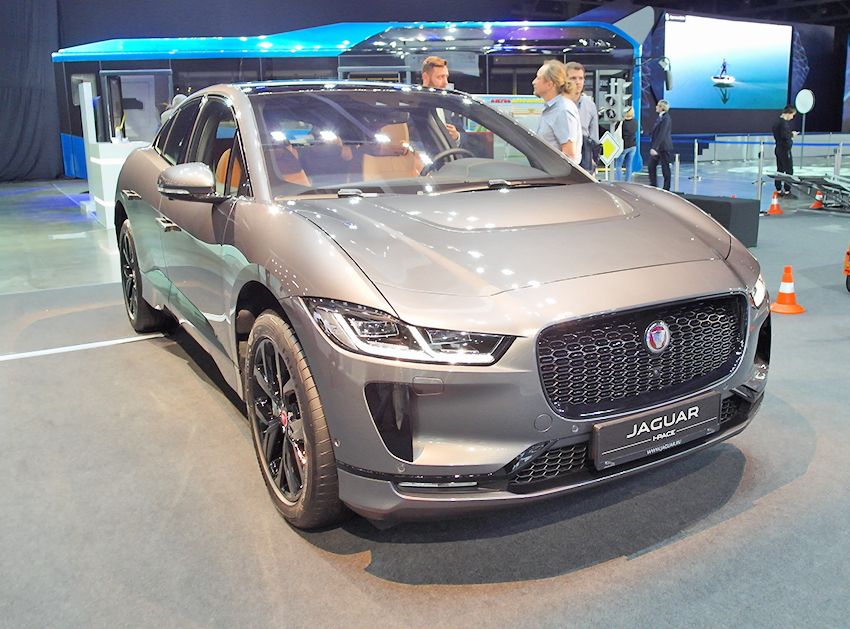
great Britain finally have their say in the most promising segment of electric vehicles-crossovers model of Jaguar from I-Pace, who came to the Russian market
What will happen in the future?
In the future, it is clear that further restructuring of the European car market for electric vehicles (under and intermediate hybrids PHEV) will lead to a further flourishing of the complete drive, since the development of the technology of the motor-wheels and electric drive, in General, seeks to equip each axis and(or) of each wheel its own drive, which allows to reduce the dimensions of the transmission, improve the stability and handling of the car on the road, and electronic control of the driving characteristics will further enhance the safety and efficiency of future electric vehicles and drones.
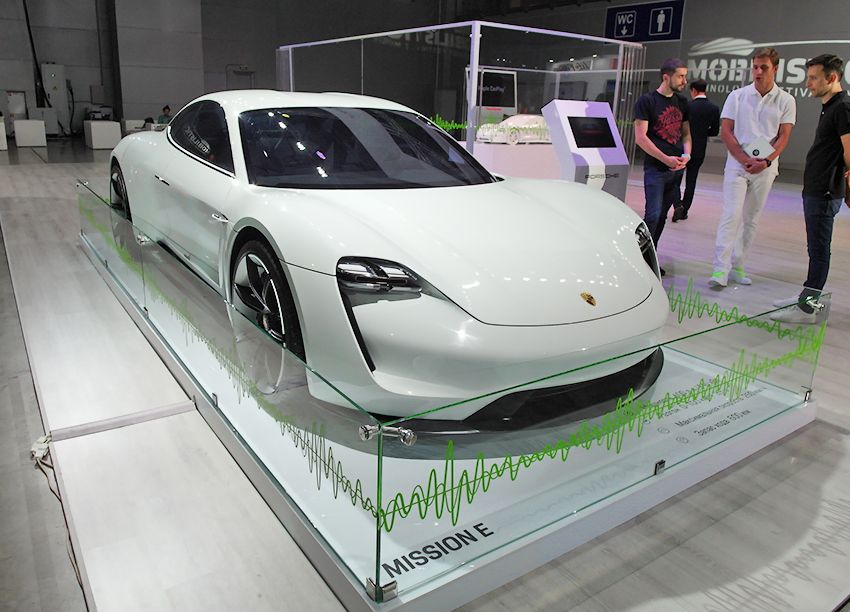
Experts expect that the first electric car Porsche E Mission (of course all wheel drive) will be able to repel overseas Tesla
.
|
|
|
Element was not found.








